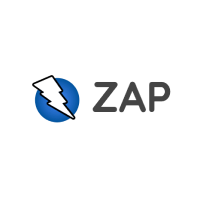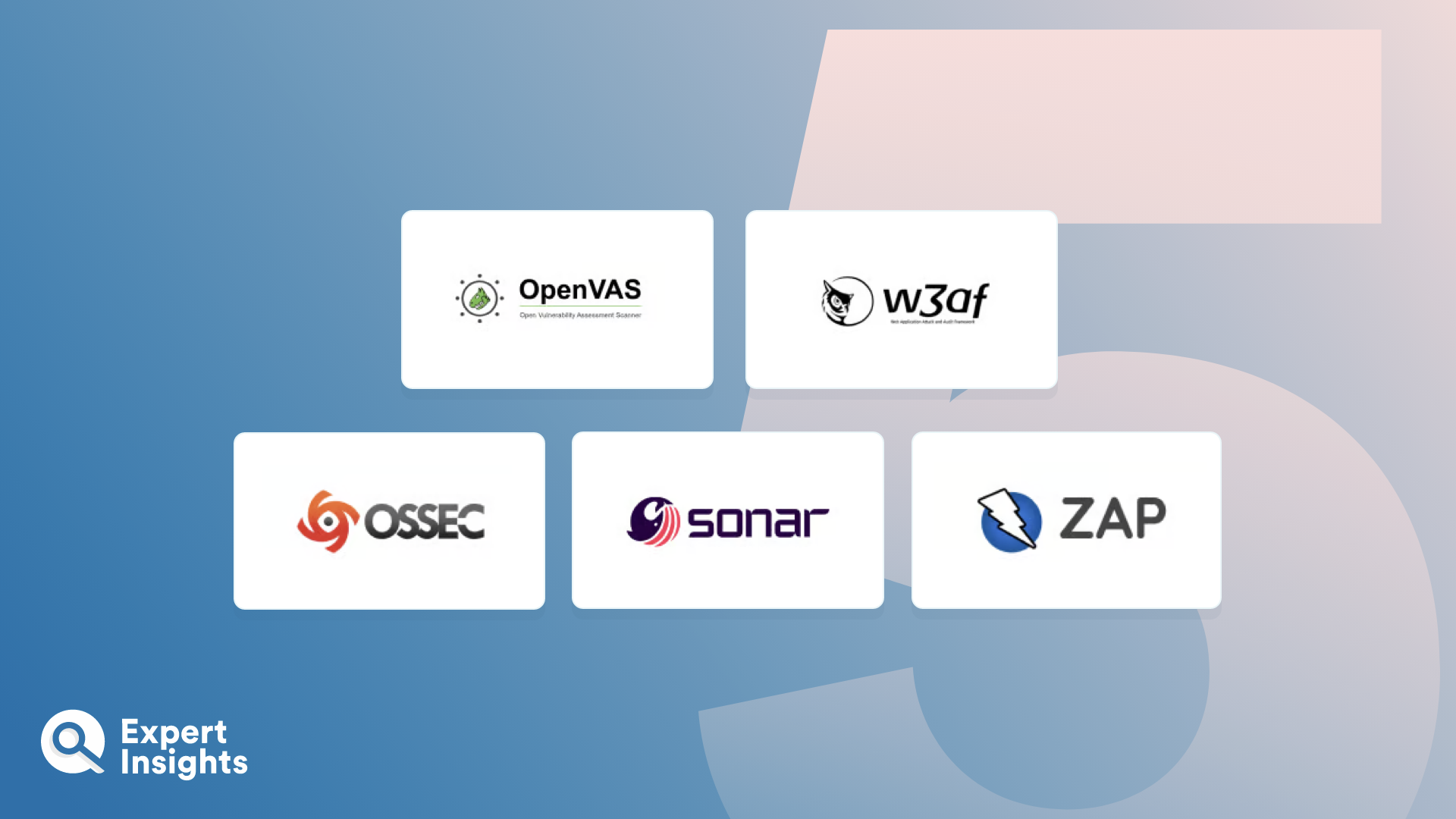Open-source application security tools help developers to build, assess, and fortify applications to ensure that data and services remain secure. They enable organizations to detect and fix vulnerabilities in application code and configurations earlier in the development lifecycle, with more transparency in how the solutions work.
These open-source application security tools features in this list are designed to detect vulnerabilities, manage security risks, and ensure compliance with various industry regulations. They can be tightly integrated with existing development, QA, and security processes to provide visibility across organizations, and help teams work collaboratively to build more secure applications.
In this article, we will explore the top open-source application security tools available today. We will consider key features that are designed to help developers and security professionals protect applications and stay ahead of the evolving threat landscape.











